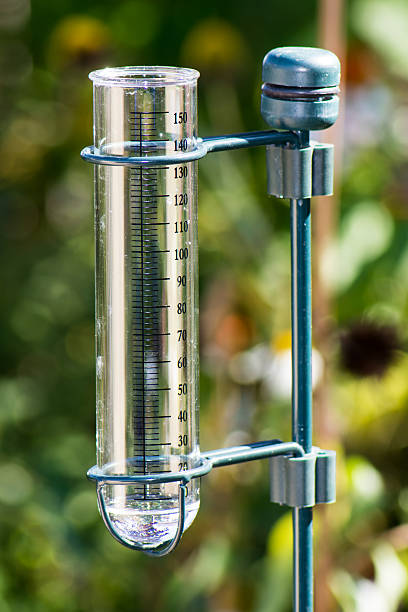Your Go-To Resource on The Rain Gauge: Benefits and Practical Applications
Your Go-To Resource on The Rain Gauge: Benefits and Practical Applications
Blog Article
DIY Rain Scale: Basic Steps to Make Your Own
Producing your own DIY rainfall scale is a simple and reliable method to gauge and videotape precipitation. With just a few typical materials and some fundamental actions, you can quickly build your very own rainfall scale at home. Let's obtain begun on making your Do it yourself rainfall scale today!
Gather Products
To begin building your DIY rain scale, gather all the necessary products using a thorough checklist of items. Having the ideal products on hand will make sure the successful development of your rainfall gauge and permit for accurate measurements of rains. Collecting these materials in advance will certainly streamline the building procedure and ensure that you have whatever you require to create your own Do it yourself rain gauge.
Prepare the Container

Mark the Measurement Increments
To accurately gauge the amount of rainfall, properly marking the dimension increments on your do it yourself rain gauge is necessary. Without clear and exact markings, it would certainly be tough to identify the exact quantity of rainfall accumulated in your rain scale. Here are the actions to mark the measurement increments on your rainfall gauge.
The most typical devices for determining rainfall are inches and millimeters. As soon as you have selected the device, use a long-term pen or waterproof paint to mark the increments on the side of your rainfall scale.
When marking the increments, it is necessary to guarantee that they are equally spaced and plainly visible. Utilize a leader or gauging tape to ensure accuracy and uniformity. In addition, make certain that the markings are resistant to fading or scrubing off, as exposure to the components might create them to weaken gradually.
Location the Rainfall Scale Outdoors
The rainfall scale ought to be put outdoors to precisely gather rains information. The area chosen for the rain gauge need to be totally free and open from any type of obstructions that might possibly impact the measurement of rainfall. It is important to discover a place that is not blocked by trees, structures, or other structures that might block the rain from reaching the gauge. This will certainly Source make certain that the collected information is representative of the real rains in the location.
In addition, it is essential to position the rainfall gauge on a stable surface, such as a degree ground or a strong message. This will protect against any kind of activity or tilting of the gauge, which could bring about imprecise dimensions. It is likewise advisable to stay clear of positioning the gauge near any resources of synthetic water, such as sprinklers or drainage systems, as this can disrupt the accuracy of the dimensions.
Monitor and Document Rainfall Information
Routine monitoring and recording of rains data is crucial for precise data analysis and analysis. By keeping an eye on rains measurements, you can obtain useful insights right into weather patterns, environment trends, and water source management. To effectively check and tape rainfall data, it is essential to develop a routine and maintain constant techniques.
First of all, make certain that your rain scale is positioned in an open area away from barriers such as trees or buildings that may block rains. Furthermore, make certain the rain have a peek at this website gauge is degree and firmly anchored to stop any kind of movement that might influence the precision of the measurements.

When recording the rains data, it is important to note the date and time of each dimension. Make use of a leader or a gauging stick to identify the rainfall depth in the rain gauge, and record this information accurately.
To make sure the precision of the measurements, it is recommended to empty the rainfall scale after each recording. This will avoid any overflow or dissipation from influencing subsequent dimensions.
Final Thought
To conclude, developing a DIY rain gauge is a straightforward and functional method to keep track of and videotape rains data (The Rain Gauge). By following the actions detailed in this short article, you can conveniently gather products, prepare the container, mark the dimension increments, and put the rainfall gauge outdoors. Routinely keeping track of original site and videotaping rainfall data can supply valuable info for various objectives
Having the best products on hand will make sure the successful development of your rainfall gauge and enable for precise measurements of rainfall.To properly measure the amount of rains, accurately marking the dimension increments on your DIY rain scale is essential.The rain scale should be put outdoors to properly accumulate rains information. The location selected for the rainfall scale should be free and open from any obstructions that can possibly affect the measurement of rainfall.In verdict, developing a DIY rain scale is a straightforward and practical means to monitor and tape-record rainfall information.
Report this page